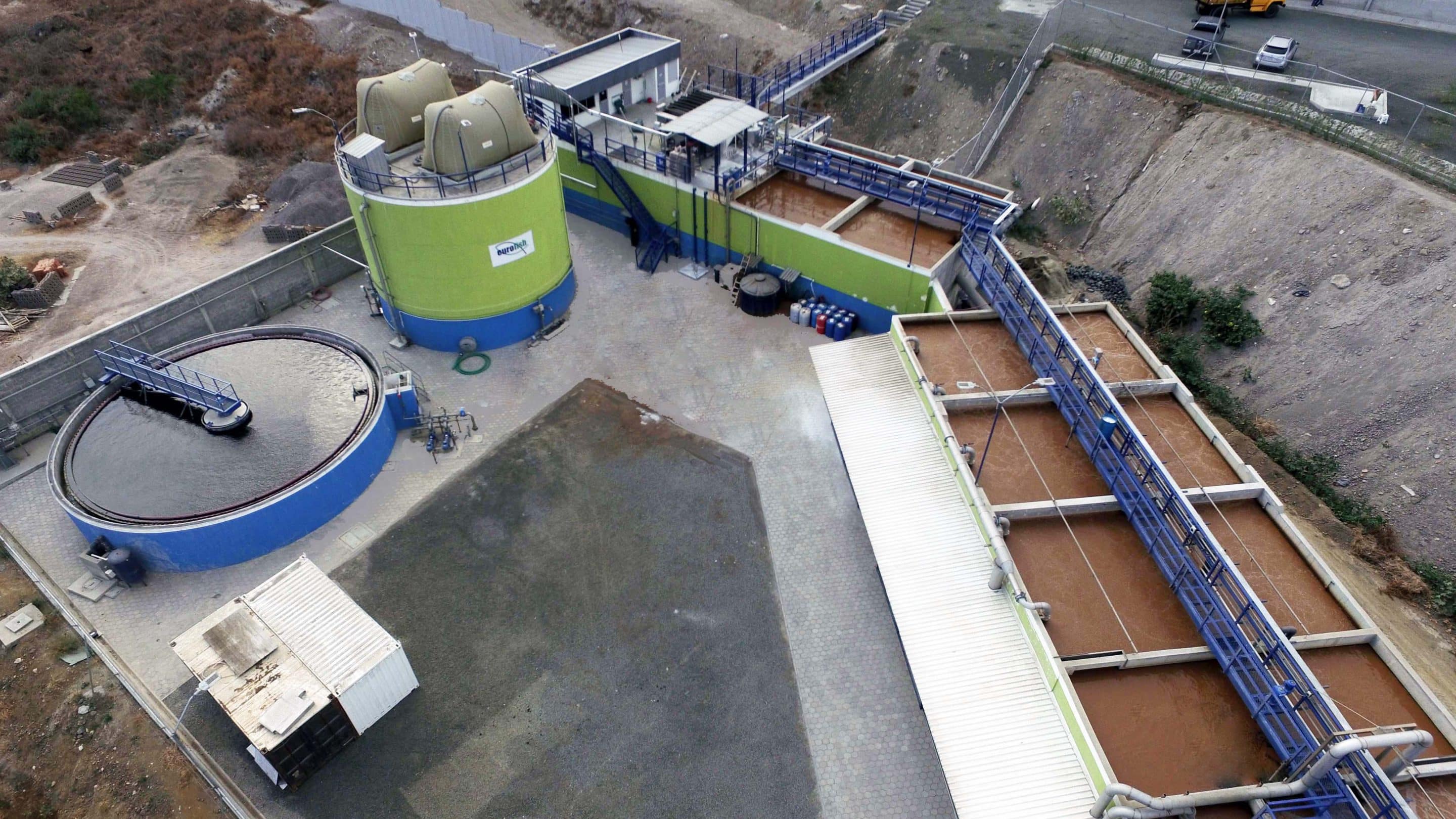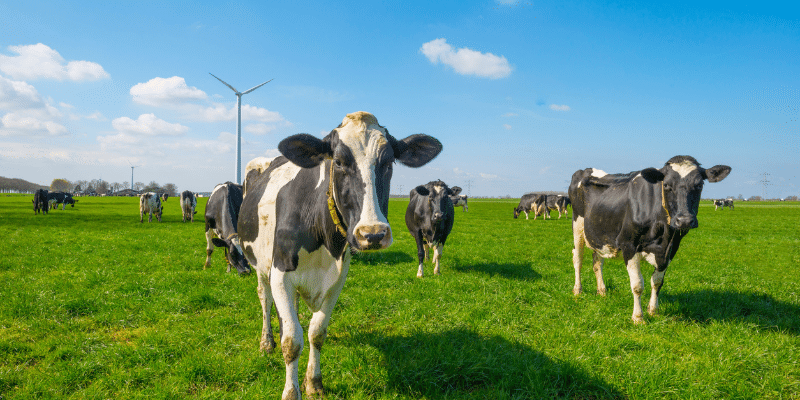In the food and beverage sector and other industries where wastewater tends to be rich in organic material, producing biogas through anaerobic digestion can power operations, turning waste into value.
Switching to updated technologies isn’t just more sustainable — it can also boost profits
In an era where operating budgets are tightening and energy prices remain unpredictable, many utilities and industrial plants are searching for practical ways to cut costs. One of the biggest opportunities for saving money, one that is often overlooked, is reducing the energy demand of wastewater treatment systems.
Traditional activated sludge systems, still the norm in many regions, are among the most energy-intensive infrastructure assets. Aeration alone can account for up to 60% of a treatment plant’s total power consumption, driven by large mechanical blowers that churn air into the water. This kind of power consumption is costly and unsustainable, particularly for facilities in regions with high electricity rates or unreliable grids.
Cutting Aeration Energy by Up to 90%
Technology is flipping that model. Approaches such as membrane aerated biofilm reactor (MABR) systems and anaerobic digestion don’t just cut energy usage; they can transform wastewater treatment into an energy-neutral or even energy-positive operation.
Take Fluence’s Aspiral™ Flex containerized plants and SUBRE upgrades for existing plants, for example. By using passive aeration, where oxygen diffuses directly through membranes into a biofilm, these systems eliminate the need for conventional aerators. The result is a dramatic reduction in electricity use, often slashing aeration energy demand by up to 90%. These savings not only reduce monthly bills but also extend equipment life, minimize maintenance, and support compliance with carbon reduction goals.
Turning Organic Wastewater Into Renewable Energy
In the food and beverage sector and other industries where wastewater tends to be rich in organic material, the opportunity is even greater. Anaerobic treatment systems digest this waste to produce biogas, a renewable fuel that can power on-site boilers, generate electricity, or supplement heating systems.

Anaerobic digestion systems at food and beverage facilities convert organic-rich wastewater into biogas, providing renewable on-site energy while cutting disposal costs.
One Fluence client in food manufacturing was able to reduce dependence on grid electricity by more than 60% after switching to anaerobic digestion. The biogas captured was reused on-site, cutting both energy costs and fossil fuel usage, while also shrinking sludge volume and associated disposal fees.
ROI in as Little as 3 Years
These aren’t just environmental wins, they’re bottom-line victories. Facilities that adopt energy-efficient treatment technologies often see a full return on investment within three to five years. After that, they benefit from long-term OPEX reductions and greater resilience to energy price fluctuations.
As regulators, investors, and customers push companies to show they care about the environment, making wastewater treatment more energy-efficient has become a smart financial move. It helps businesses meet their sustainability commitments, qualify for funding tied to green initiatives, and cut their direct energy-related emissions. Most importantly, it shows that being environmentally responsible can also save money and boost profits.
Fluence is helping utilities and industries around the world reimagine their treatment infrastructure — not just as a compliance requirement, but as a driver of efficiency, resilience, and savings. From food processors in Latin America to beverage plants in Europe, our solutions are proving that energy-efficient treatment is both sustainable and profitable. If your facility is still relying on outdated, energy-hungry systems, the hidden ROI might be bigger than you think. Contact Fluence to upgrade to energy-neutral wastewater treatment that pays for itself in savings and resilience.

